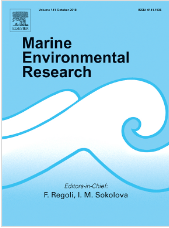
In order to predict whether populations are able to persist or adapt to such new conditions, it is essential to understand the molecular basis of such adaptations, which ultimately get translated into these physiological responses. To explore variation in population gene expression across time and space, we investigated transcriptome-level profiles of the calanoid copepod Temora longicornis, that were collected at four different locations in the Belgian Part of the North Sea (BPNS) on three different time points (April, June, October) in 2018. RNA-seq analysis of field collected adults identified large seasonal differences in gene expression, mainly between spring-summer and autumn samples.